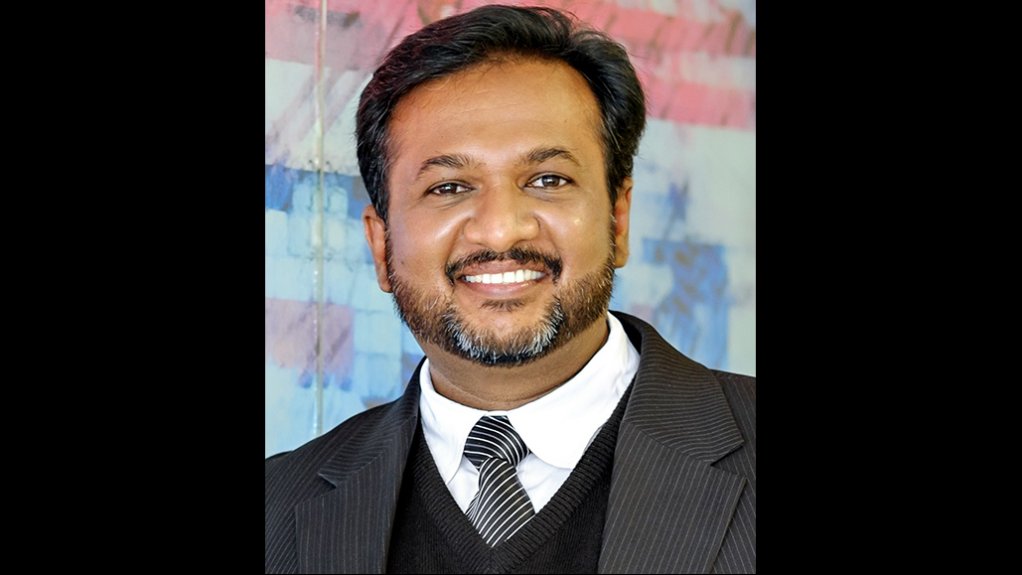While there are still many challenges, State-owned freight utility Transnet believes that, through investment and collaboration, rail infrastructure can be revitalised.
“With historic under-investment in the network and mechanical equipment, locomotives and wagons that need to be maintained, bad weather conditions, as well as vandalism and theft, the network has started to suffer,” says Transnet project director Shraveen Ramdhar.
Although quite a few key priority sections of the network are still operable – which enables Transnet to continue providing a service to customers and the business at large – there are sections of the network that are not in “pristine shape” or functioning to the design capability needed, he adds.
However, there are plans in place for maintenance, such as a rail revitalisation programme and an infrastructure programme, which are a combination of maintenance and expansion, Ramdhar explains.
“The rationale behind these two programmes is that the country is growing, and the country’s needs are growing, which requires maintenance of the current railway lines, as well as expansion to ensure economic growth.”
Ramdhar points out that it is important to understand the infrastructure problems and how to prioritise the solutions. “While we would love to be able t fix the entire network at once, the reality is that there’s not enough resources to do that.”
Further, access to funding is required, which would require that more revenue –through daily operations – be allocated to the programmes.
Private sector collaboration on Transnet’s railways will help to mitigate infrastructural issues and assist with expansion, says Ramdhar.
“It is encouraging to find that Transnet’s issues have been accepted by our customer base as being a holistic problem. Our customers and the private sector are willing to also jump in and help Transnet.”
Partnering with the private sector and other customers creates an opportunity for a new group of engineers from different environments – from mining to agriculture –who have a different approach to matters, to assist in creating infrastructure solutions from a fresh perspective.
Therefore, private sector collaboration does not only assist in funding, but also allows for additional technical input that helps Transnet advance current infrastructure, Ramdhar notes.
Capacity Increase
Transnet also plans to increase capacity and Ramdhar says the primary objective of this infrastructure expansion is to allow for economic development, and the private sector’s assisting in infrastructure solutions and investment will ensure additional business.
“The infrastructure expansion plans that we have span across the entire country and Transnet’s six rail corridors.”
However, this is not going to be a one-year focus or even a five-year focus, as these infrastructure projects are time-consuming, large and multifaceted. Transnet is, therefore, considering this as a seven-to-10-year plan that starts off immediately and slowly grows, he explains.
Ramdhar explains that the expectation of this expansion plan also considers “current megatrends and what is going on globally”, such as green energy and Transnet’s carbon footprint, which require a concerted, different approach from how infrastructure was developed in the past.
“It ultimately gives us the opportunity to look at multiple opportunities as portfolios rather than just the traditional view of infrastructure.”
Ramdhar concludes that rail is a “true catalytic infrastructure”, which, if built correctly, allows for more than simply rail and trains as a mode to transport goods and people, it also allows for economies to grow and opportunities to be created.
Edited by: Zandile Mavuso
Creamer Media Senior Deputy Editor: Features
EMAIL THIS ARTICLE SAVE THIS ARTICLE
ARTICLE ENQUIRY
To subscribe email subscriptions@creamermedia.co.za or click here
To advertise email advertising@creamermedia.co.za or click here













